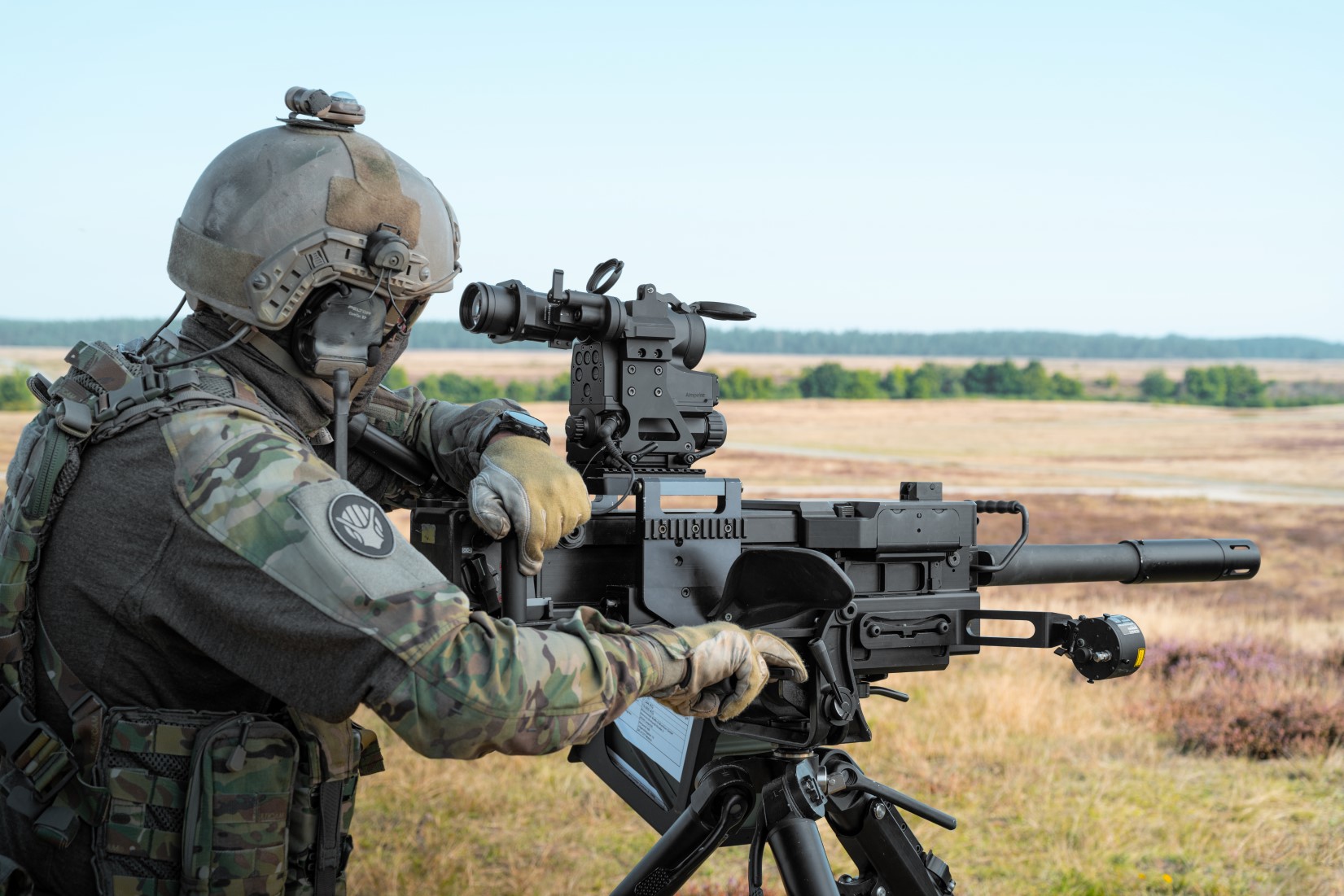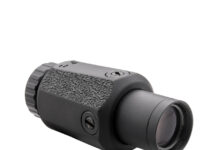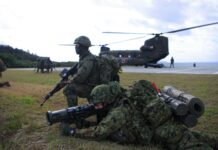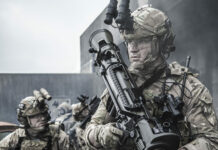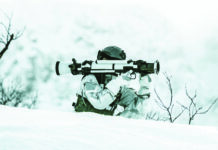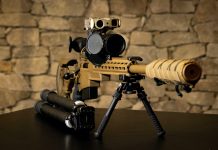ESD’s Mark Cazalet conducted a brief interview with Magnus Andersson, Director FCS Sales at Aimpoint, on the future of the small arms optics market, and developmental challenges of miniaturised fire control systems.
Q: How do you see the small arms optics market developing over the next 10 years?
A: I definitely see further digitalisation of optics, with the capability to communicate with other sources. We are pushing the limits and squeezing technology from larger vehicle-based fire control systems into a smaller sight housing and introducing them on support weapons, like the 84 mm Carl Gustaf, 40 mm high velocity (HV) grenade launchers, and 12.7 mm heavy machine guns (HMGs). We also see connectivity with different weapon systems at the platoon level as an achievable goal. A challenge will be choosing the network to communicate on – can it be standardised and open for the industry to use? Technological development is moving so fast that standardisation efforts might have difficulties keeping up.
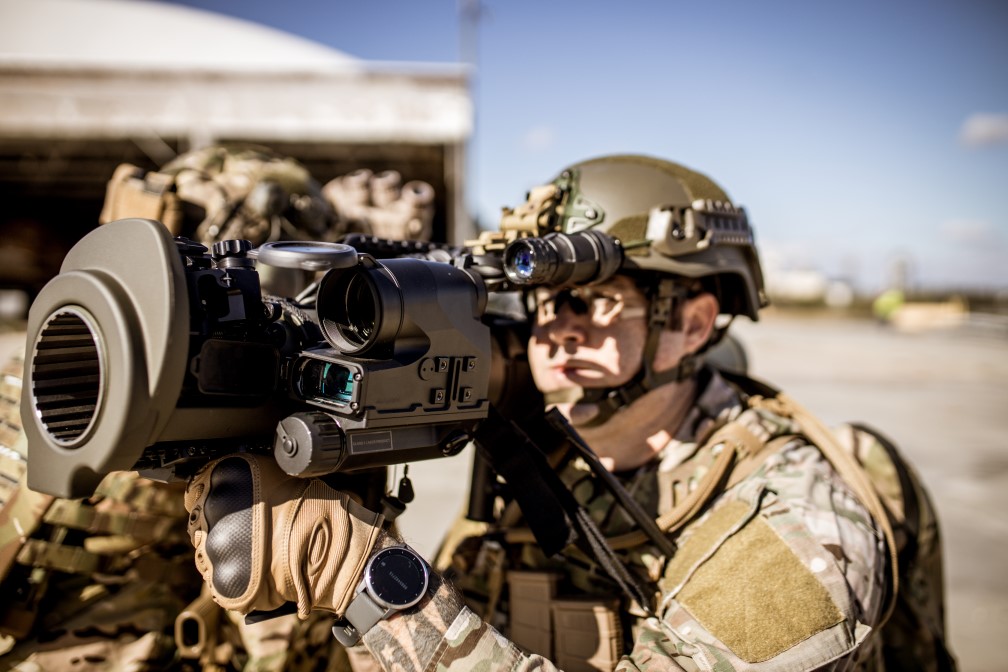
Q: With respect to future trends among the military and policing sector in particular, are there any particularly noteworthy ones you have noticed?
A: We experience great interest in our FCS products for crew served weapons. Most Armed Forces see our system as a very quick way to increase the first round hit probability for support weapons in a very cost-effective way.
Q: For the past few years, we have been seeing a wave of automation features making their way into vehicle mission systems in particular. In comparative terms, how much are we seeing this for small arms optics?
A: FCS is really a small arms system; we are focusing on support weapons. From 12.7 mm HMGs and up, the baseline is a weapon you are standing behind or have on your shoulder. We see a huge trend toward our multi weapon concept – one sighting system for several different support weapon systems.
Q: With additional features typically comes increased power demand, and compromises such as increased weight, bulk, or cost become almost inevitable. How are Aimpoint’s engineers tackling these challenges?
A: We are working with the latest technology and constantly looking for new materials to become smarter, lighter, and smaller. Different types of polymers are definitely the future. New power sources coming from for example electric cars will also be a very effective way forward.
Q: One common observation is that increased complexity in any equipment introduces more points of failure, increased difficulty of maintenance or logistics, and dependence on ‘high-end’ features which can be lost when the power runs out. How has Aimpoint looked at this problem, have you for example implemented any fall-back features in case of power to the optic running out?
A: Our sighting systems for crew served weapon are designed to allow the usage of the original sights as back-up. Additionally, we also try to address the problem by developing products that are extremely rugged to prevent failure.
Q: With the battlefield ever changing, an interesting area is the growing development of networked sensor-to-shooter systems, requiring integration of many sensors and effectors within a given battlespace. What the challenges of doing this with infantry-portable equipment, and in your opinion, what are the best approaches to tackling these?
A: This is what we have been doing for the last 15 years. We look at high level weapon systems and see if we can make the technology small enough to be introduced into portable weapon sights. We didn’t start by looking for sensors that could be nice to have. We started at the other end, with what we think the soldier needs to be better in all situations, and how we could improve upon existing weapon systems.


